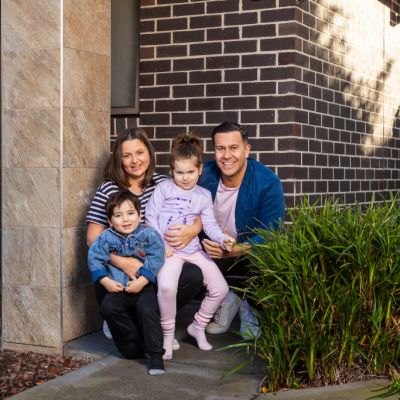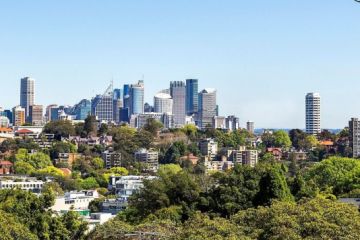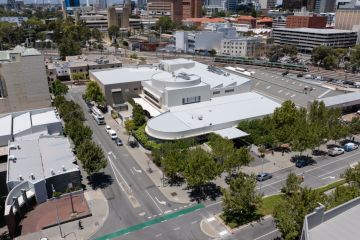The type of property that was supposed to get cheaper – but soared
Rents have skyrocketed since the start of the pandemic, when Australia closed its international borders and left many inner-city apartments sitting empty.
The median asking rent for units across the combined capital cities hit $630 a week in the June quarter, Domain figures show, up 40 per cent from $450 in March 2020.
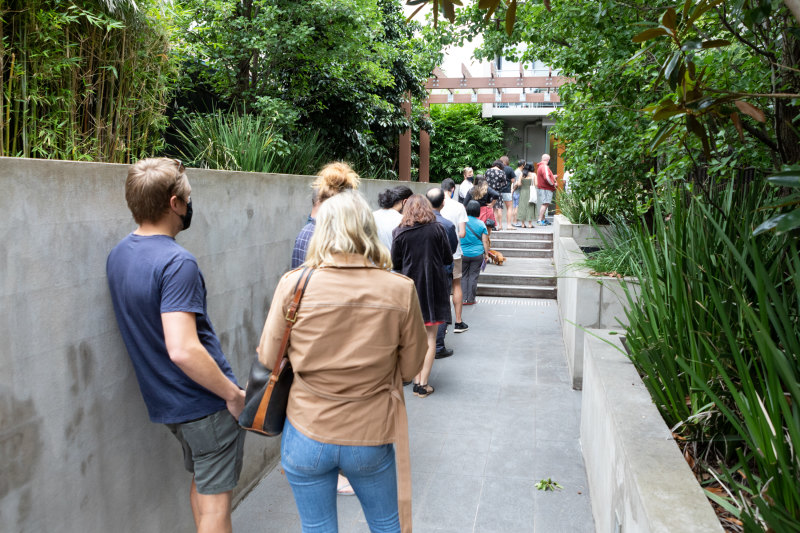
Sydney rose 38.5 per cent to a median $720 a week, while Melbourne rose 27.9 per cent to $550. Perth also hit $550 a week after soaring 71.9 per cent, and Brisbane rose to 53.8 per cent to $600.
Behind this overwhelming rise is a “veritable perfect storm”, said Professor Hal Pawson, a housing expert at UNSW. It was partly due to the additional demand created by a trend towards smaller households during the peak work-from-home years, with house-sharers splitting off to form independent households with fewer people and more space.
AMP senior economist Diana Mousina said that before the pandemic, the very long-term average household size for Australia was 2.8 people, with this number around 2.55 at the onset of the pandemic, but this declined to a historic low of 2.48 in August 2022.
“Even those small changes can make quite a big difference to housing and rental supply demand,” she said.
So much so, that according to RBA chief economist Sarah Hunter, if the average household size rose back to 2.8 people it would mean “we would need 1.2 million fewer dwellings” to house our current population.
CoreLogic research director Tim Lawless believes that this disaggregation of households has been slow to reverse, and combined with overseas borders reopening and overseas migration reaching record heights, has put great pressure on demand for rental housing.
“Ninety per cent of visas to the country are temporary – so that housing demand flows directly into rental demand,” he said.
Pawson added that higher mortgage rates have substantially reduced first home buyer borrowing capacity, without reducing house prices, “thereby extending the stay of some moderate to high-income earners in the rental market”.
On top of this is the housing shortage, an issue that predates COVID-19 but worsened during the pandemic due to a range of factors, including the rapid increase in construction costs and capacity constraints around labour and materials.
“There was always a gap between the demand for homes from immigration and the supply of homes,” Mousina said. “The supply of homes wasn’t able to respond quickly enough.”
Now, with median asking rents at an all-time high, the typical tenant is paying more than 30 per cent of income on rent, an unaffordable level that puts lower-income households into rent stress.
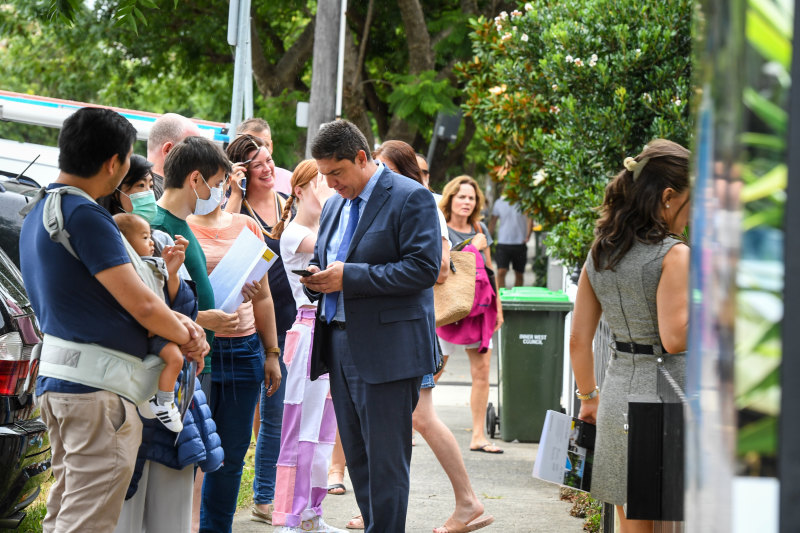
Sydney has seen the largest increase, rising from 26.6 per cent at the onset of the pandemic to 32.7 per cent in the 2024 June quarter, CoreLogic figures show.
There’s good news though, with some relief in sight for tenants.
“To the credit of the Albanese government, they have pledged two one-off increases in Commonwealth Rent Assistance, the second of which comes into force shortly. That will provide some limited relief to a smallish group of qualifying lower-income renters,” said Pawson.
More widely, Mousina forecast softer levels of population growth in 2024, as the government has focused on reducing the number of overseas students.
Additionally, Lawless said that a combination of factors would help normalise the rate of rent growth.
“Firstly, rental affordability constraints mean that renters don’t have a great deal of elasticity in what they can pay,” he said. “With renters typically paying around 30 per cent of their incomes toward putting a roof over their head, it is hard for them to go a lot further.”
He said there may also be more restructuring of households, with multi-generational and shared households increasing, which will help spread the load of rental costs.
There will also be a supply response – just not yet.
“Hopefully a year from now we will see the capacity constraints easing up and we see more supply coming in,” Lawless said. “That will help in two ways: one, a lot of people who are waiting for homes to be completed are staying in the rental market for longer, and secondly, additional supply will hopefully add more to rental supply.”
We recommend
We thought you might like
States
Capital Cities
Capital Cities - Rentals
Popular Areas
Allhomes
More

